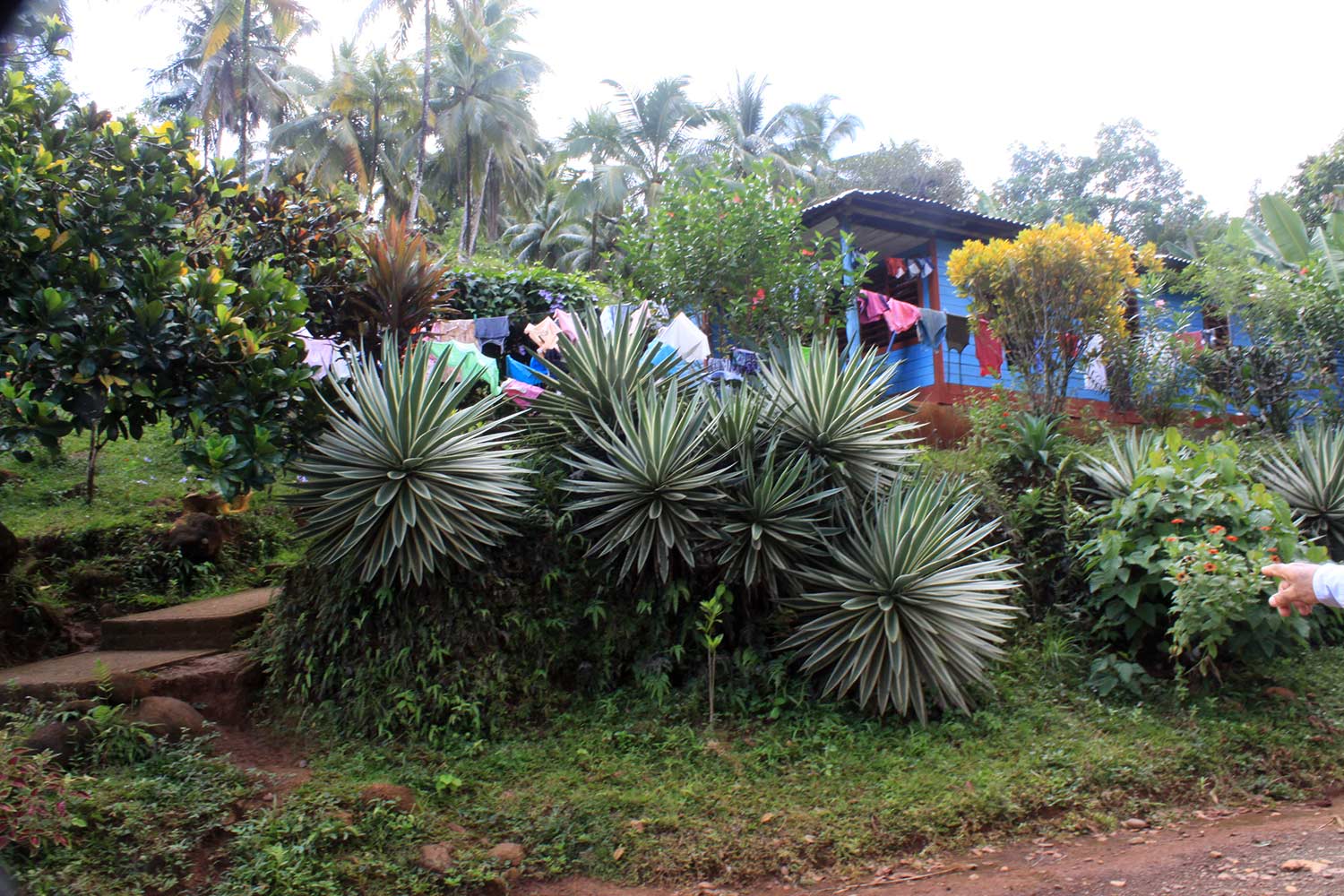Blog
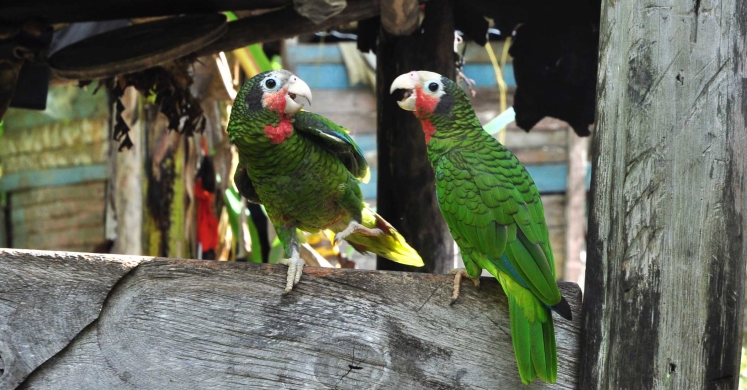
Parrots, Palms and Solar Panels in Cuba
This morning we picked up Rafael and headed to El Yunque to hike. When we arrived at a portion of the park with a trail to a waterfall, Raphael mentioned that with all of the rain we would need to swim in a strong current to cross the trail several times or take an alternate trail that would go along the stream and have the opportunity to view native plants and animals. We decided with our camera and gear it would be better to walk on the easier trail — which was largely a rocky, hilly road — through the small community that lives there.
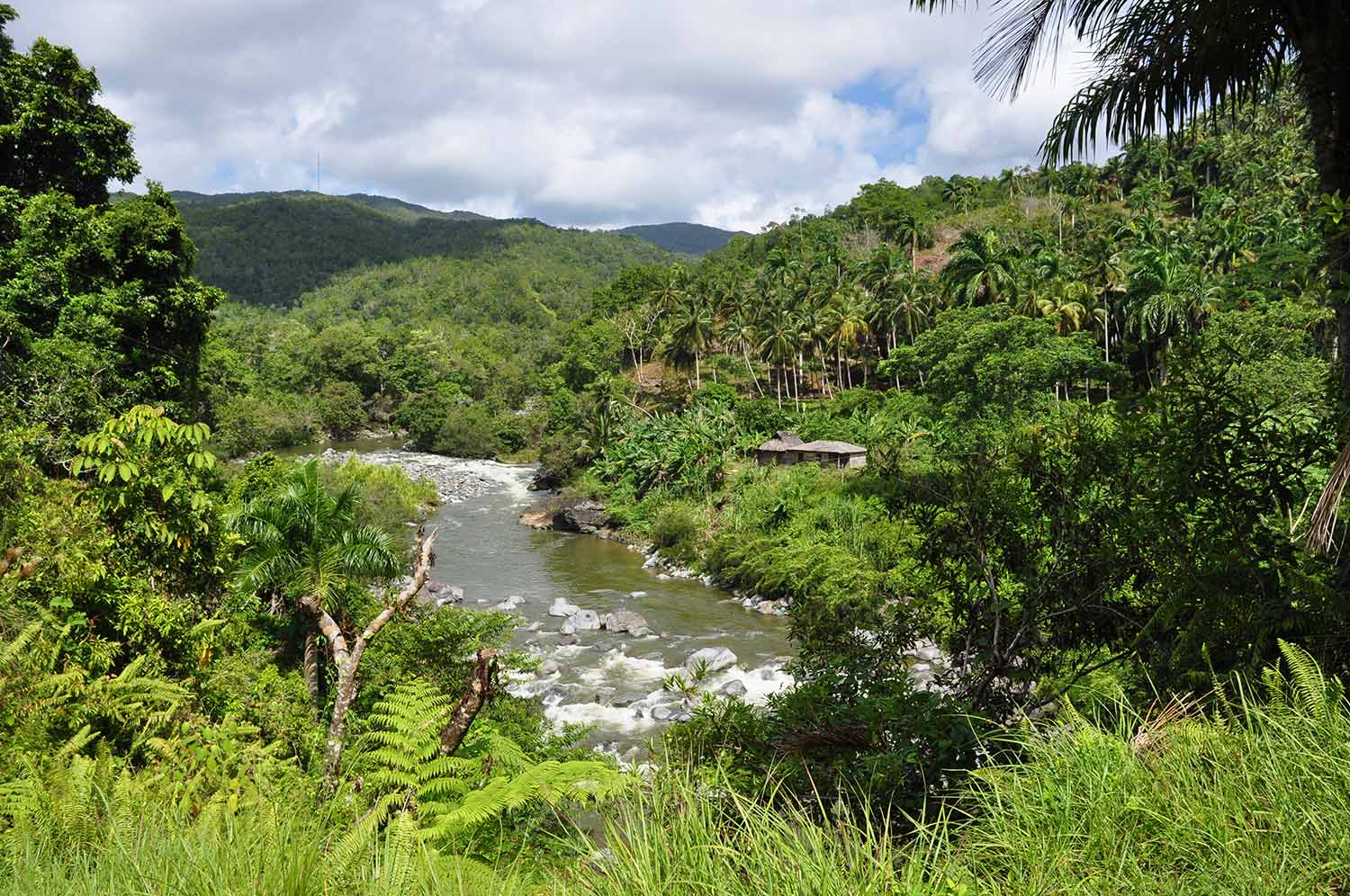
At the beginning of our hike Rafael mentioned that over 96% of the island used to contain forested or natural areas, but after the Spanish colonization, only 14% remained. In an effort to restore the natural environment, after the revolution, there was an effort to replant the forests. The reforestation effort was a $10 million project. Currently they have five-year environmental plans for the management of the natural resources, including extensive plans for environmental education and invasive species management.
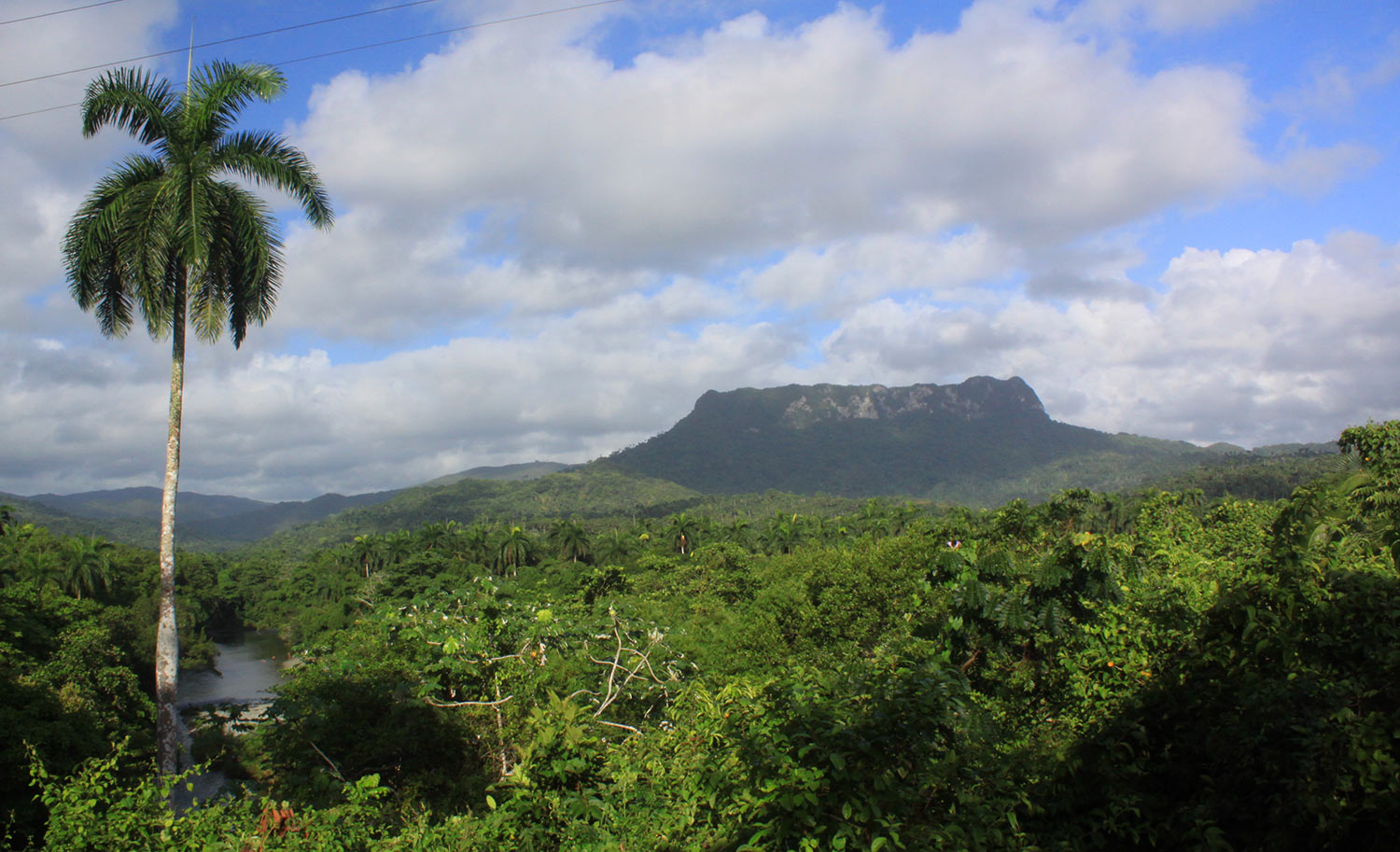
In addition to continuing to point out native plants and animals, such as Cyathea arborea (tree fern), Palma royal, Mimoso, Cuban parrots, Vireo gundiachi, Tyrannus caudifasciatusc, Raphael would mention natural medicines that various plants were used for. We learned that guava leaves are used as an astringent and an antidiarrheal. We also learned that the water for Baracoa comes from the Duaba River, and is treated with Chlorine before passing to a potabilization facility. One invasive species, bamboo, is regularly used by the locals to construct fences, walls, or vessels like we saw yesterday for our soup “bowls.” It is also used to direct water like pipes or gutters. Along our walk we also saw a primary school, which had solar panels on the roof. We were told that solar panels may be more common in this part of Cuba.
After lunch we began a five-hour drive to Playa Esmeralda. The total distance we covered included about 260 km, but consisted of rocky, windy and rough roads for a large portion, making travel slow. Horses and bikes are also common, as well as pedestrians and livestock close to, or on, the road, making for a lively route. Along the way we saw factories and excavation of sulphur, nickel, and cobalt.
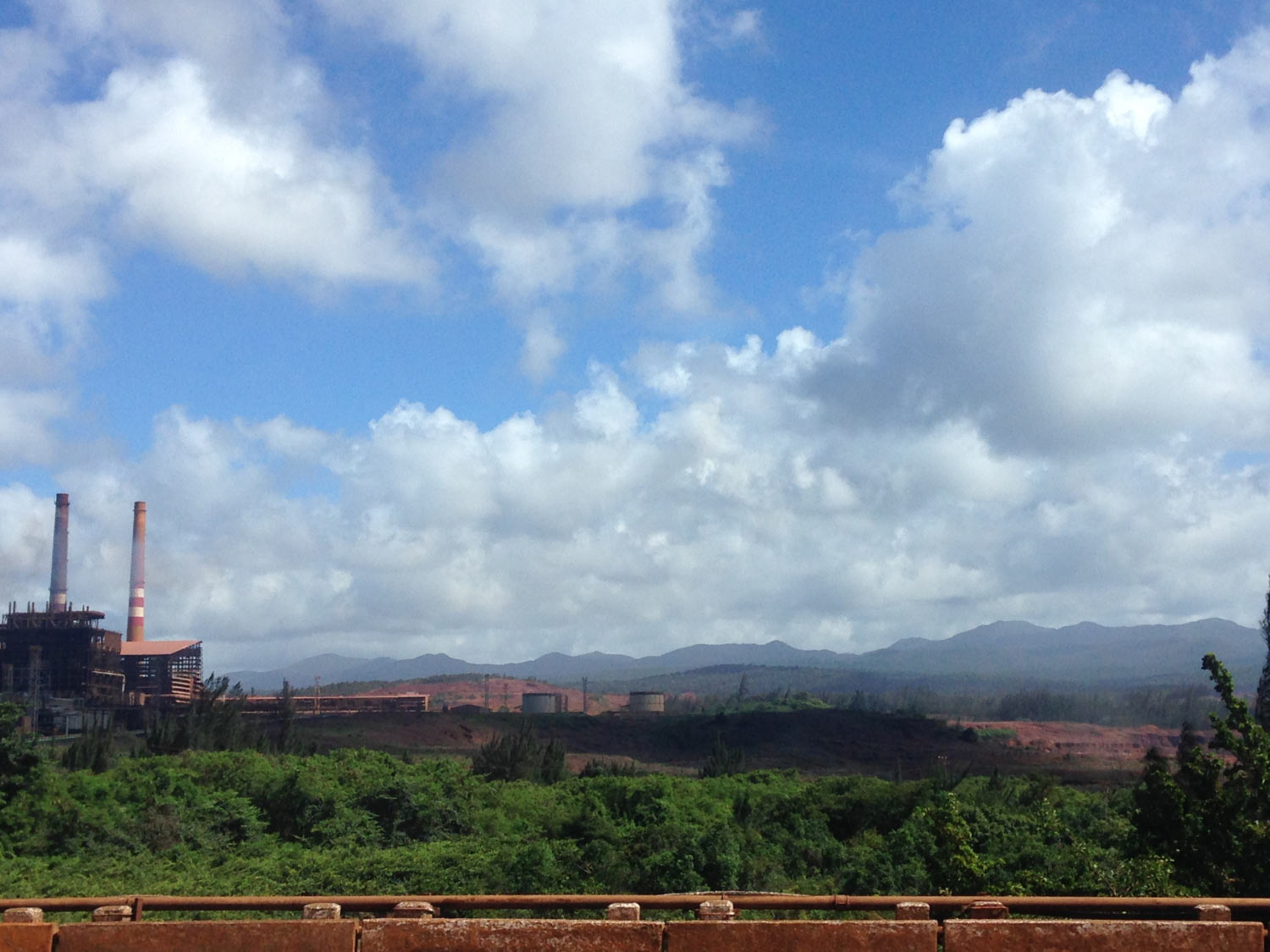
We also witnessed the lush tropical forested areas fade into desert scrubland. The areas of excavation were barren, showing the iron-rich red soil and looking like something out of a nuclear disaster movie, as they sat in such contrast to the pristine beauty of the national park we had just left.
